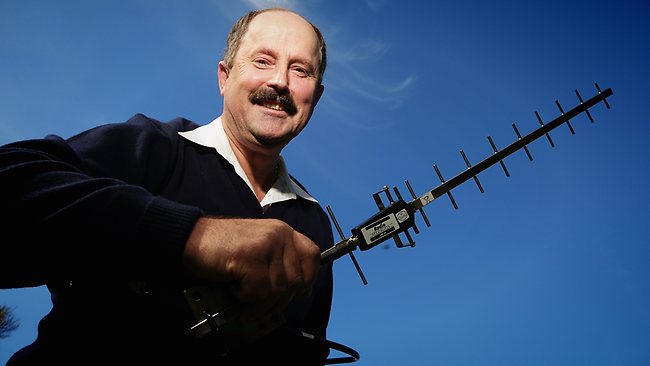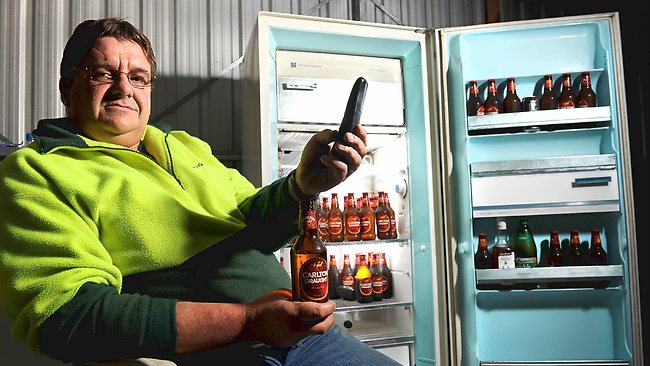Beer cooler caused cellular interference

Greg Halley, Telstra engineer, with a narrow-wave antenna channel to search for a source of interference
Experts of the Australian mobile operator Telstra have developed a program for analyzing logs on the NextG cellular network and thanks to it, they obtained information about the anomalously low quality of communication in one of the districts of the city of Wangaratta (state in south-east Australia). There, due to poor communication, residents of several neighborhoods suffered, although the connection in the surrounding houses was consistently good.
An experienced engineer, veteran company Greg Halley (Greg Halley), armed with a narrow-directional antenna "wave channel", went to the center of the anomalous zone.
The source of interference was in an unexpected place : it was an old beer fridge in the garage of one of the locals, Craig Reynolds.
')

Craig reynolds
According to Telstra engineers, any voltage surge of sufficient power can cause radio frequency noise that can block data transmission in the 850 MHz band over a fairly wide area. In this case, the source of interference was the electric motor of the refrigerator.
Telstra is the largest mobile operator in Australia. Like other large operators, it monitors the quality of communication throughout the coverage area. If somewhere the number of interruptions of communication and unsuccessful calls ("The subscriber is out of the access zone") exceeds the permissible several percent, engineers immediately get notified and try to find out the cause of interference, change equipment settings or install additional repeaters in the problem area. The transmitters of the phones operate with a tiny power of 0.25-0.5 W, so a 1000-watt refrigerator engine or some other powerful electrical device can easily clog the surrounding air.
The provincial resident Craig Reynolds was extremely surprised by the news that his old refrigerator was capable of blocking cellular communications for residents of several surrounding neighborhoods. In fact, there is nothing surprising here: mobile operators often encounter the fact that “dead zones” arise because of an unsuccessfully located ATM, traffic light, factory equipment, or some kind of antenna amplifier. But Telstra engineers had to screen the beer fridge for the first time.
Source: https://habr.com/ru/post/182196/
All Articles